Fans of highly inventive plant-based cooking, this tutorial is for you! The deadnettle, a shade perennial plant mainly used as groundcover in the garden, moves from garden to plate. How to harvest and use this tasty edible plant? Here are some ideas to enjoy its nutritional benefits and to prepare dishes that are both original and economical.
Deadnettle in brief
You have probably seen this small wild-origin plant, quite low-growing, resembling a common nettle but bearing pink, mauve or white — sometimes yellow — flowers in late spring, in shady areas of your garden left fallow or during walks in the countryside. You may hunt it down, considering it a weed because it spreads quickly and can invade borders or paths. But dead-nettle has some ornamental varieties that make it an excellent groundcover in a shady garden or beneath trees.
Dead-nettle, of the family Lamiaceae, which includes many aromatic-leaf plants, has villous and dentate leaves, often silvered, arranged in pairs (described as opposite and decussate), bilabiate flowers and a four-angled stem, typical of this botanical family. Also called white dead-nettle, it grows almost everywhere in France along paths, hedges and waste ground. Its rhizomatous root system sends out numerous stolons. It grows both in humus-rich soils and in dry ground.
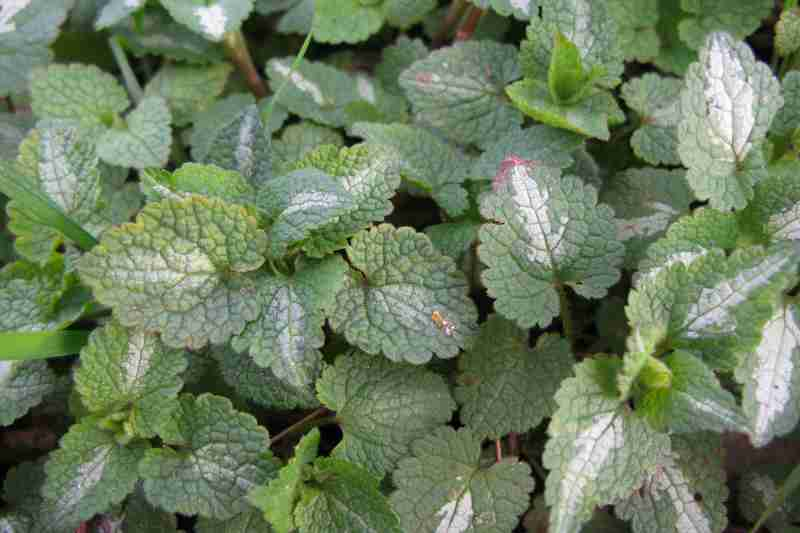
Which deadnettle to choose for cooking?
The one most commonly found in the wild is white deadnettle (Lamium album) with fairly large leaves. These are perfect for cooking. Red deadnettle (Lamium purpureum) is attractive for its pretty pink or purple flowers for garnishing salads, and for its purplish leaves at the top of the stem. Spotted dead-nettle (Lamium maculatum) is another species with green leaves spotted with white or cream and a slightly sweet taste. The flowers are pink or purple and are also edible. Horticultural varieties offer variegated versions, also usable in cooking. Different dead-nettle species have a slightly peppery and bitter taste, with minty notes in some.
Always be sure to identify the plant correctly before eating it! If unsure, do not eat it. It is also recommended not to harvest dead-nettle from polluted areas or from places treated with pesticidal products.
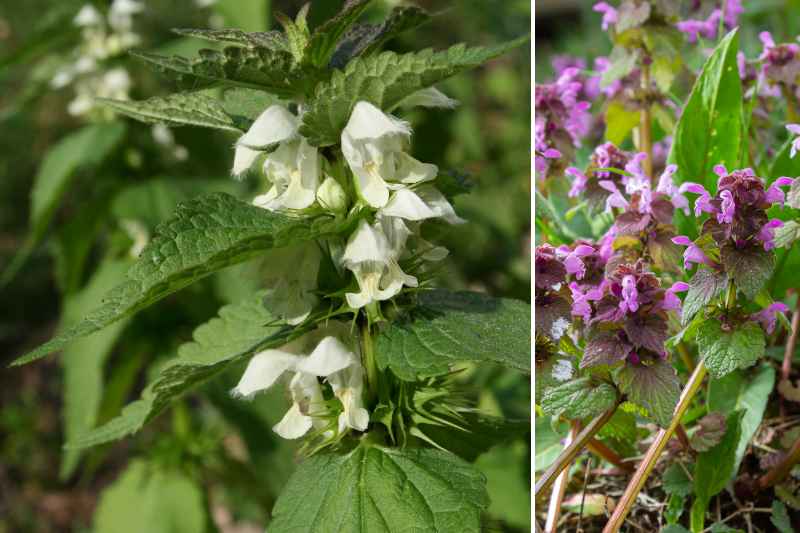
When to harvest?
As with many plants used mainly for their leaves, dead-nettle is at its best in spring, when leaves are tender. This is also when flowers appear.
To get a second harvest, cut back leaves around mid-summer to encourage new shoots.
Leaves are small and do not keep well. Once picked, head straight to the kitchen to use them immediately, otherwise they lose freshness. If harvesting from meadows, take care to identify correctly and not to confuse with another plant that could be toxic…
Which parts of deadnettle are edible?
Leaves, preferably the tender young ones in early spring. They are notably rich in iron and mineral salts and have a slightly bitter, peppery taste.
Flowers are also edible — either as decoration like nasturtium or Tulbaghia flowers when plating salads or desserts, where they add colour, or used as an infusion (flowering tops are known in phytotherapy to help with developing bronchitis and respiratory infections thanks to their expectorant properties, and also for heavy periods). They have a very light sweet note.

How to eat it? Our recipe ideas
Dead-nettle is mainly cooked in savoury dishes, either raw or cooked. It can actually replace spinach or nettles in most recipes! Before preparing, wash leaves and flowers thoroughly and dry them to avoid any health risk: because dead-nettle grows low to the ground, it can be exposed to contamination from animal urine or droppings.
It is always recommended to blanch dead-nettle leaves before adding to cooked dishes such as fritters or egg-based mixtures (quiches, omelettes, vegetable patties…). Bring to the boil for 1–2 minutes.
Sautéed like spinach
With a large amount of leaves, dead-nettle can be eaten as a sautéed vegetable, simply tossed in butter like fresh spinach.
As a soup
As nettles are used for soups, dead-nettle also lends itself to delicious veloutés, with the advantage of not stinging and making preparation easier. Add some potatoes for body, onions and perhaps the green tops of spring shallots, which I like in this type of green soup, and you are done! It makes a lovely green soup, which can be finished with a drizzle of cream infused with bacon or a little soft cheese for garnish and creaminess…
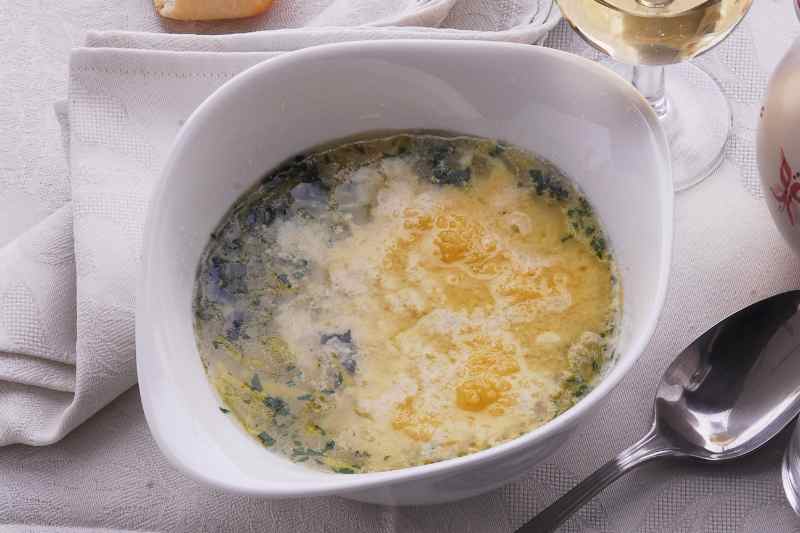
Chopped, in sauces and dressings
If you cut leaves into fine strips, dead-nettle becomes a small herb like any other, perfect for adding to herb dressings, sauce vierge or herb-infused juices. Try it finely chopped and folded into a reinvented mayonnaise.
In pastries or fritters
Similar to Corsican recipes, make tasty little herb and leafy-vegetable turnovers (a mix of mint, dead-nettle, parsley, oregano and chard, for example). A zest of lemon in the green filling adds zing, creating an original canapé to share with friends. Serve hot, warm or even cold. You can even use them in empanadas, vegetarian style, to suit your creativity (with potatoes and corn or red beans)! Or fold into filo parcels with feta and spinach, Greek-style.
In salads
Tender dead-nettle leaves pair well with all kinds of fresh salads, mixed with other spring shoots. For this use, choose white dead-nettle (Lamium album) with larger, more tender leaves. Select young spring leaves and add them raw to salad ingredients.
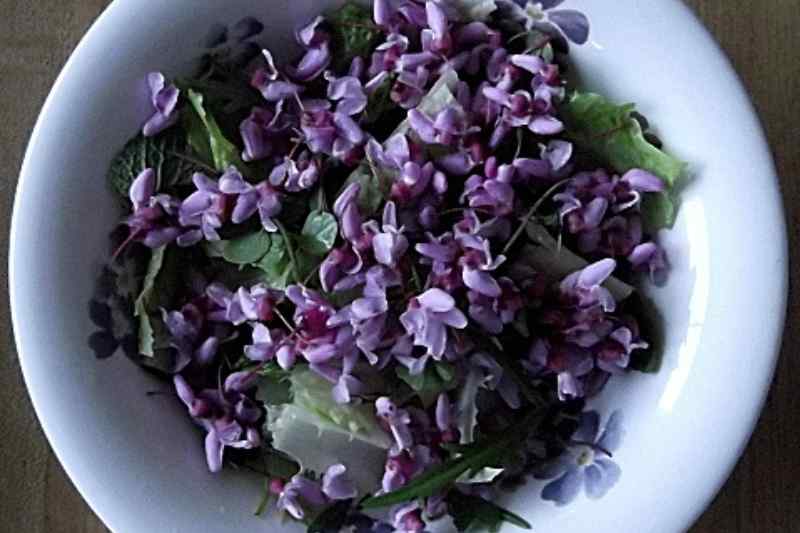
In a herb pesto
Pesto adapts endlessly beyond traditional basil: wild garlic, nettles and why not a little dead-nettle for a twist! Use almonds or walnuts instead of pine nuts and let creativity shine in the kitchen…
Further reading…
Learn everything about dead-nettle in our full guide: Dead-nettle: planting, pruning and care.
Weeds in the kitchen? Olivier’s piece will inspire you with Wild weeds worth eating.
Also discover our plant-based ideas for rediscovered vegetables: Plenty of recipe ideas with chard; Orache in the kitchen: plant-based recipes; Helianthi: how to harvest, store and cook it; and How to harvest and use amaranth in cooking.































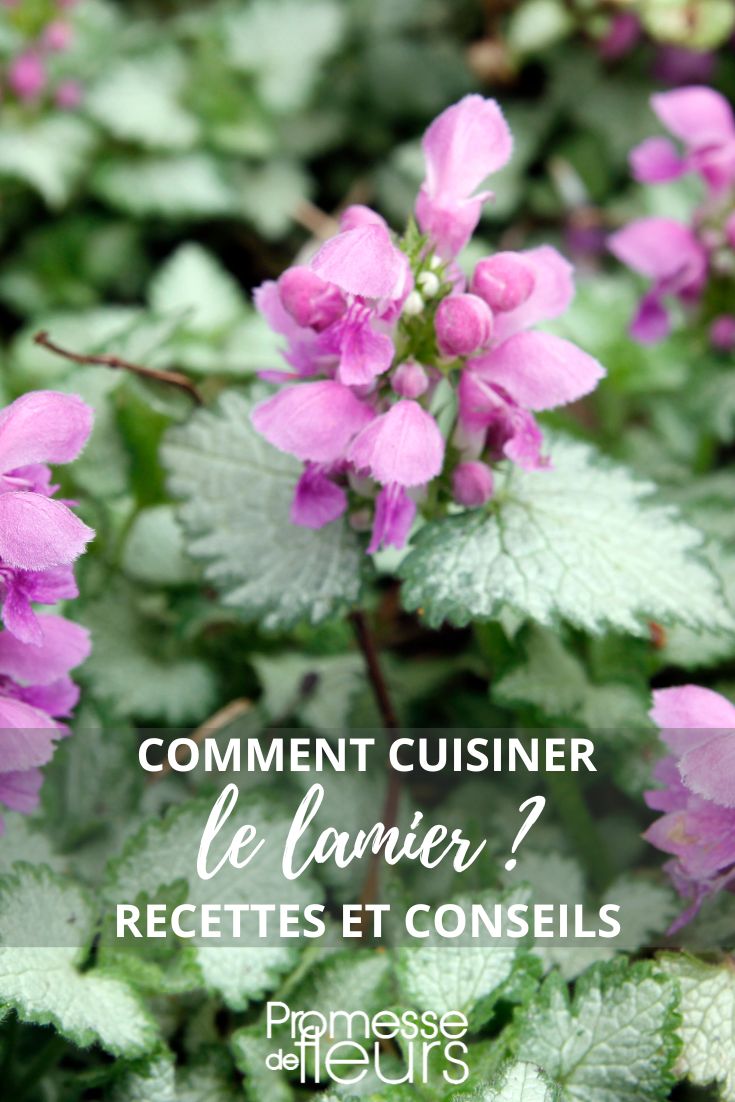
Comments